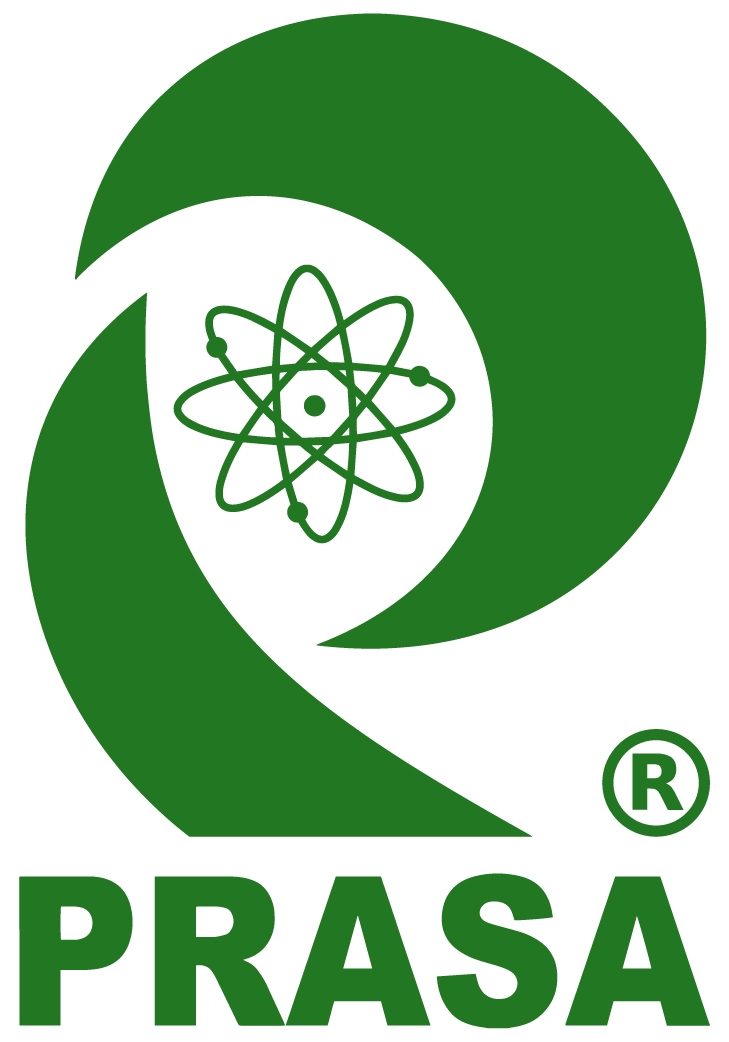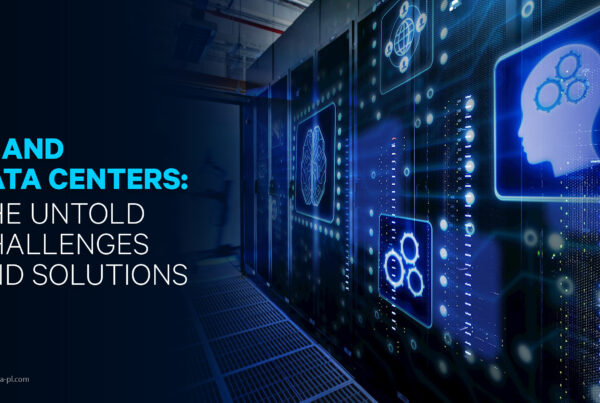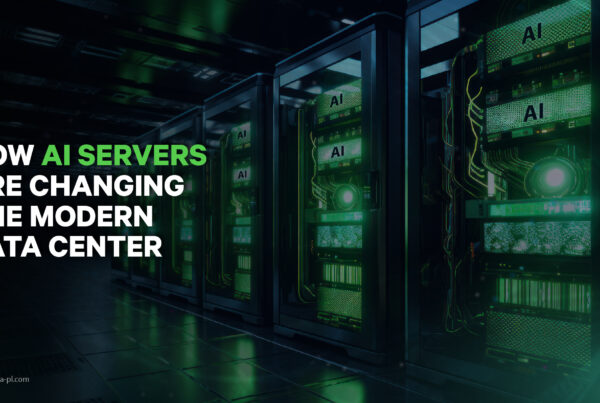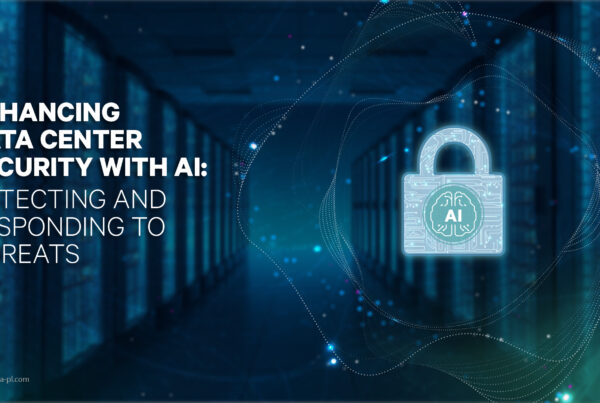The fast-paced changes in digital technology have already caused the data consumption to take a steep climb. The digital disruption caused by social networks, AI, AR, VR, big data, content delivery networks (like Netflix and Amazon Prime), the explosive growth of mobile data and IoT devices, and the advent of 5G has proliferated the amount of global data being consumed. Since 2010, the number of internet users worldwide has doubled and the global internet traffic has grown 12-fold, causing a huge load on the data centers.
The recent lockdown due to the outbreak of coronavirus led to another significant rise in video streaming, video conferencing, online gaming, and social networking, which has surged the already rising global internet traffic by almost 40% between February and April 2020.
As per common logic, rapidly increasing data due to increasing traffic will result in a proportionate rise in data center energy usage but this colossal rise in internet usage has not impacted the energy consumption in data centers too much.
Albeit the data center’s traffic has increased at par with the digital technological development, rapid innovation, reliance on renewable sources, and improvements in energy efficiency have helped curtail the energy demand growth from enterprise data center at 1% of global electricity use in 2019. Strong efforts from within the industry and by the government on energy efficiency, and focus on renewable energy have been important factors in controlling the growth of energy demand by data centers.
High demand for data center services is continuously being met with improvements in all data center infrastructure like servers, storage devices, network switches, power backup systems, power cables, etc which come together in high-density racks supported by innovative cooling technologies . Also, the data center traffic has seen two-way shift towards hyperscale data centers and edge data centers, which has allowed the enterprise to absorb the rising usage smoothly sustainably.
Unlike conventional data centers, hyperscale and edge data centers have shown the lowest Power Usage Effectiveness (PUE), which is a measure of the efficiency of the data center with respect to energy consumption. Some of these data centers can have PUE values as low as 1.1 (which means only 0.1 kWh is being used towards powering and cooling, for every 1kWh is used for IT equipment).
Predicted Increase in Data Center Traffic
Various factors are in play as they shape up the future of data center electricity usage. The global IP traffic has doubled since 2016 and is estimated to double again by 2022, and more than 70% of this traffic will come from wireless and mobile devices. This move towards the mobile networks impacts the energy demand outcome by the data transmission networks of the data centers.
The mobile and wireless networks are rapidly shifting; by 2022, 83% of mobile traffic will be carried by 4G and 5G, leaving less than 1% for 2G. 4G networks are almost 5 times more energy-efficient than 3G and 50 times more energy-efficient than 2G. While the energy demand and emissions impacts of 5G are still unknown, network infrastructure providers estimate 5G to be at least 10 -20 times more efficient than 4G by 2025-30.
While the energy needs from 5G look promising, the rapidly increasing internet usage will increase the data center traffic and might impact their energy consumption. The widespread adoption of 5G is escalating the traffic demand from video streaming and online gaming; these two together will account for 87% of customer-based internet traffic by 2022. By 2022, the traffic from internet videos is projected to increase by more than 2 times to 2.9 ZB and online gaming is estimated to quadruple to 180 EB.
As we climb up the technology ladder and data center traffic increases multifold, the onus of keeping the energy demand in check falls on the data center industry. With the upcoming proliferation of internet traffic, maintaining the global energy demand from data centers will require a more comprehensive approach that on one hand includes changing the mode of power by switching to renewable sources of energy and reducing the overall consumption in the data center by depending on innovative technologies like liquid immersion cooling on the other.
To read more about how the data center industry is going to curtail its power demands in the near future check out our next blog post – Data Center Energy Consumption vis-à-vis Rising Internet Usage – II.
References:
https://www.iea.org/reports/data-centres-and-data-transmission-networks





